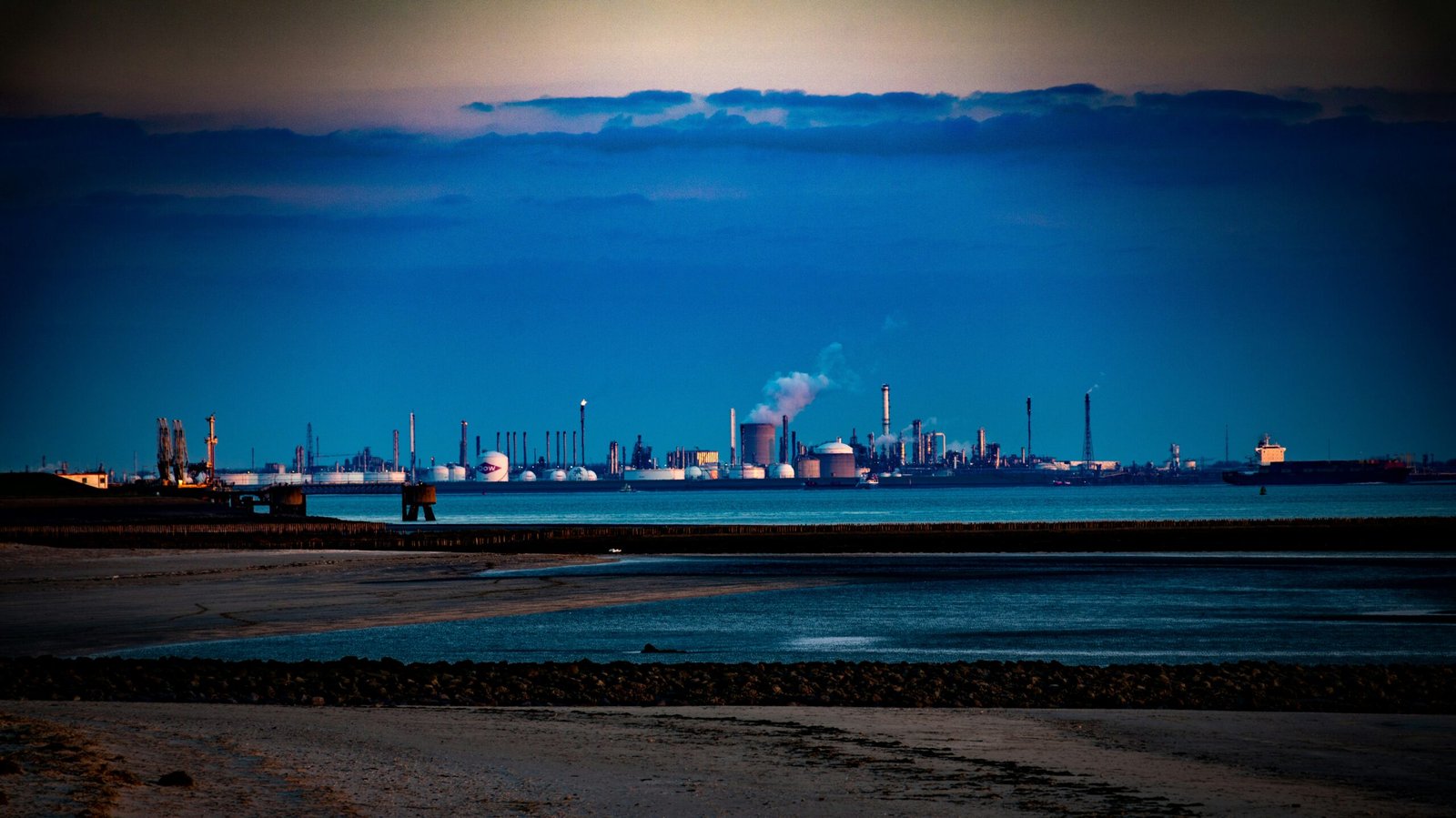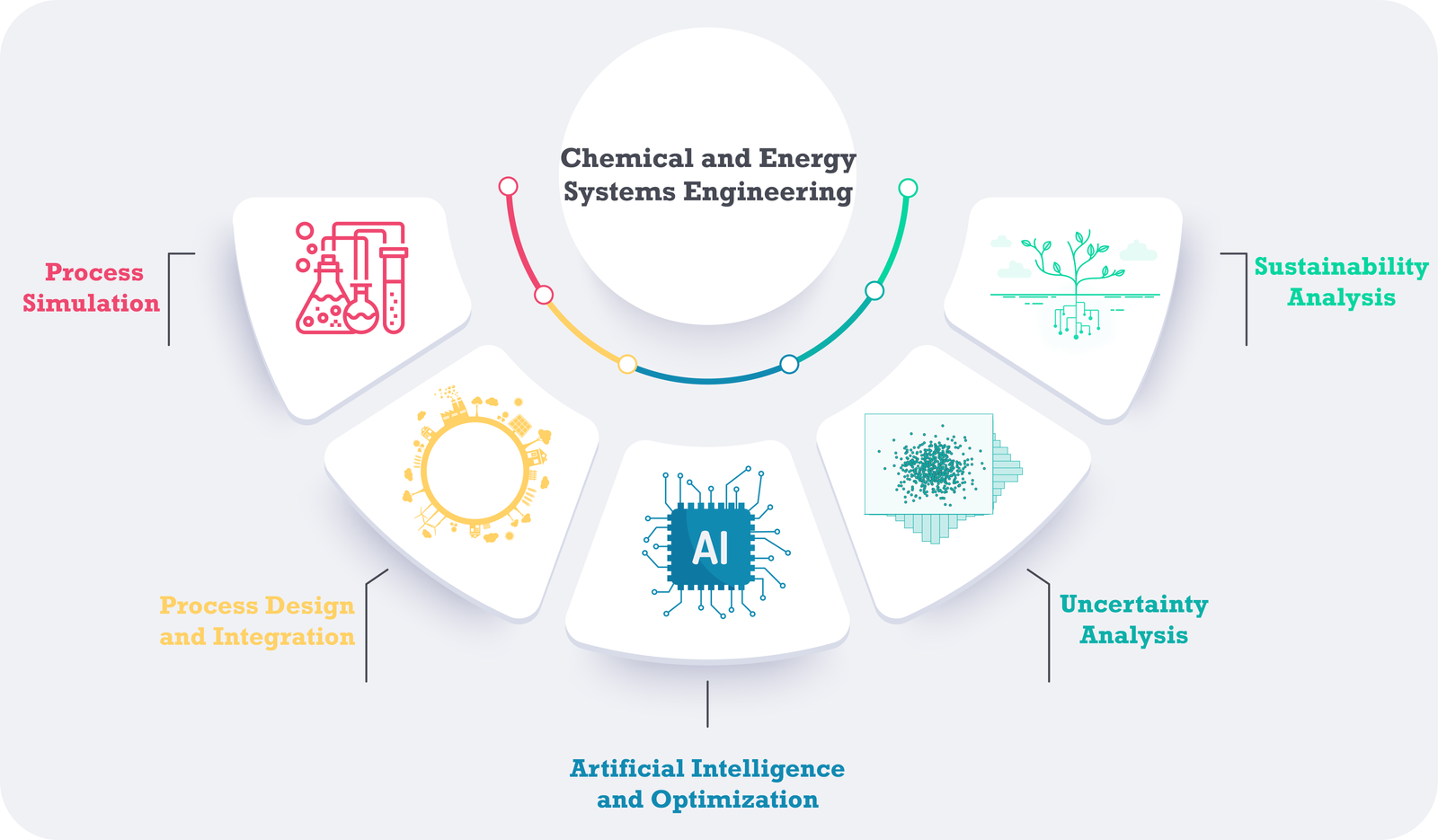Overview of the Global Chemical Industry
The global chemical industry plays a pivotal role in shaping the modern economy, with an estimated market size surpassing $4 trillion as of 2023. This expansive sector encompasses a myriad of sub-industries, including petrochemicals, specialty chemicals, and agrochemicals, each contributing to a diverse range of products essential for everyday life. Among the key players in the industry are well-established multinational corporations such as BASF, Dow Chemical, and SABIC, which hold significant market shares and drive innovation through constant research and development.
The market is characterized by distinct segments, each serving crucial functions across various sectors. In the agriculture sector, for instance, chemical products such as fertilizers and pesticides are imperative for enhancing crop yields and combating pests, ultimately supporting food security on a global scale. In the automotive industry, chemicals are integral to the production of lightweight materials and advanced coatings, directly influencing vehicle performance and safety standards.
Moreover, the pharmaceutical sector heavily relies on chemicals for the development of active pharmaceutical ingredients (APIs), which form the cornerstone of modern medicine. The formulation of drugs and vaccines is contingent upon advanced chemical processes, highlighting the industry’s fundamental role in public health and safety. Overall, the chemical industry not only catalyzes progress in technology and innovation but also underscores the interdependencies across sectors, further emphasizing its importance in the global economy. As this sector continues to evolve, the integration of sustainable practices and advanced technologies will be crucial in addressing the challenges of the 21st century, making the chemical industry a dynamic field to watch in the coming years.
Key Trends Shaping the Industry by 2025
As we look towards 2025, several key trends are poised to transform the global chemical industry. Notably, sustainability has emerged as a critical focus, prompting companies to adopt eco-friendly practices while minimizing their environmental footprint. This emphasis on sustainability is evident in the increasing demand for biodegradable materials and the implementation of green chemistry principles, which aim to reduce hazardous substances in chemical processes. The industry’s shift towards sustainable solutions reflects growing consumer awareness and preference for environmentally responsible products.
In addition to sustainability, innovative technologies play a pivotal role in reshaping the chemical sector. Advancements in automation, artificial intelligence, and machine learning are streamlining operations and enhancing productivity. These technologies enable chemical companies to optimize their supply chains, resulting in reduced costs and improved efficiency. Furthermore, the integration of digital tools is fostering real-time data analysis, which aids in decision-making and enhances overall operational performance.
The drastic shift towards a circular economy also significantly influences industry practices. This approach encourages the recycling and reuse of materials, minimizing waste and encouraging the sustainable management of resources. Companies are now increasingly focusing on developing circular business models that align with consumer expectations for responsible production. Coupled with stringent government regulations aimed at promoting environmentally friendly practices, this trend is forcing chemical manufacturers to reevaluate their long-term strategies.
Moreover, consumer preferences are evolving, pushing chemical companies to adapt their offerings. The demand for sustainable products is prompting suppliers to innovate continually, ensuring they meet the expectations of a more environmentally conscious market. In conclusion, the convergence of sustainability, technology, circular economy practices, and changing consumer preferences will significantly influence the chemical industry by 2025, driving companies to adopt strategies that align with these critical trends.
Challenges Facing the Chemical Industry
The chemical industry, a cornerstone of global manufacturing and economic development, is anticipated to face several significant challenges over the coming years. One of the primary issues is supply chain disruptions, which have become increasingly prominent due to factors such as geopolitical tensions, pandemics, and natural disasters. These disruptions can lead to delays in production and increased costs, forcing organizations to reassess their supply chain strategies and seek more resilient solutions.
Environmental concerns present another critical challenge for the chemical sector. As global awareness of climate change escalates, manufacturing processes face mounting pressure to reduce carbon emissions and adopt sustainable practices. Organizations are responding by investing in greener technologies and materials, yet this transition requires substantial capital and expertise. The challenge lies in balancing environmental commitments with operational efficiency and profitability, a complex equation that many companies are currently grappling with.
Moreover, increasing competition in the chemical industry poses risks to market share and profitability. Both established firms and new entrants are eager to capture a greater portion of the value chain, emphasizing the need for innovation and differentiation. To stay competitive, companies must continually evolve their product offerings and enhance operational efficiencies, often through digital transformation and automation initiatives.
Finally, the necessity for regulatory compliance adds another layer of complexity. The chemical industry is subject to numerous regulations and standards, which are frequently updated to reflect changing societal expectations and environmental considerations. Meeting these compliance requirements can strain resources and require adaptations in production processes. In response to these multifaceted challenges, organizations are developing resilience strategies, which may include diversifying suppliers, leveraging new technologies for enhanced sustainability, and investing in workforce development to stay ahead in an ever-evolving landscape.
Future Outlook and Opportunities for Growth
The global chemical industry stands at a pivotal juncture, characterized by the interplay of innovative advancements and shifting market dynamics. According to insights derived from the 2025 survey, several trends warrant attention as businesses strategize for the future. Emerging markets are expected to play a significant role in the industry’s expansion, particularly in regions such as Asia-Pacific and Africa, where demand for chemical products is projected to surge. This growth presents numerous opportunities for companies willing to establish a presence in these high-potential areas.
Furthermore, the development of innovative products is crucial to staying competitive in this landscape. With an increasing emphasis on sustainability and eco-friendly alternatives, firms are encouraged to invest in research and development (R&D) to create solutions that meet evolving consumer preferences. This includes the formulation of bio-based chemicals, advanced materials, and specialty chemicals that cater to niche markets. Companies that prioritize innovation are likely to tap into new revenue streams and enhance their market positioning.
The survey also highlights the importance of strategic investments in technology and capabilities that streamline operations and improve productivity. Automation and digitalization are emerging trends that can significantly enhance supply chain efficiencies and operational reliability. By integrating advanced technologies, chemical firms can not only reduce costs but also improve compliance with stringent environmental regulations.
In conclusion, the future of the global chemical industry is shaped by emerging markets, innovative product development, and strategic investments in technology. Businesses that align their strategies with these evolving trends will be better positioned to capitalize on growth opportunities. As the industry adapts to a fast-changing environment, proactive engagement in R&D and market exploration will be key drivers of sustainable success. Understanding and acting on these insights will empower companies to navigate challenges and harness future potential effectively.









